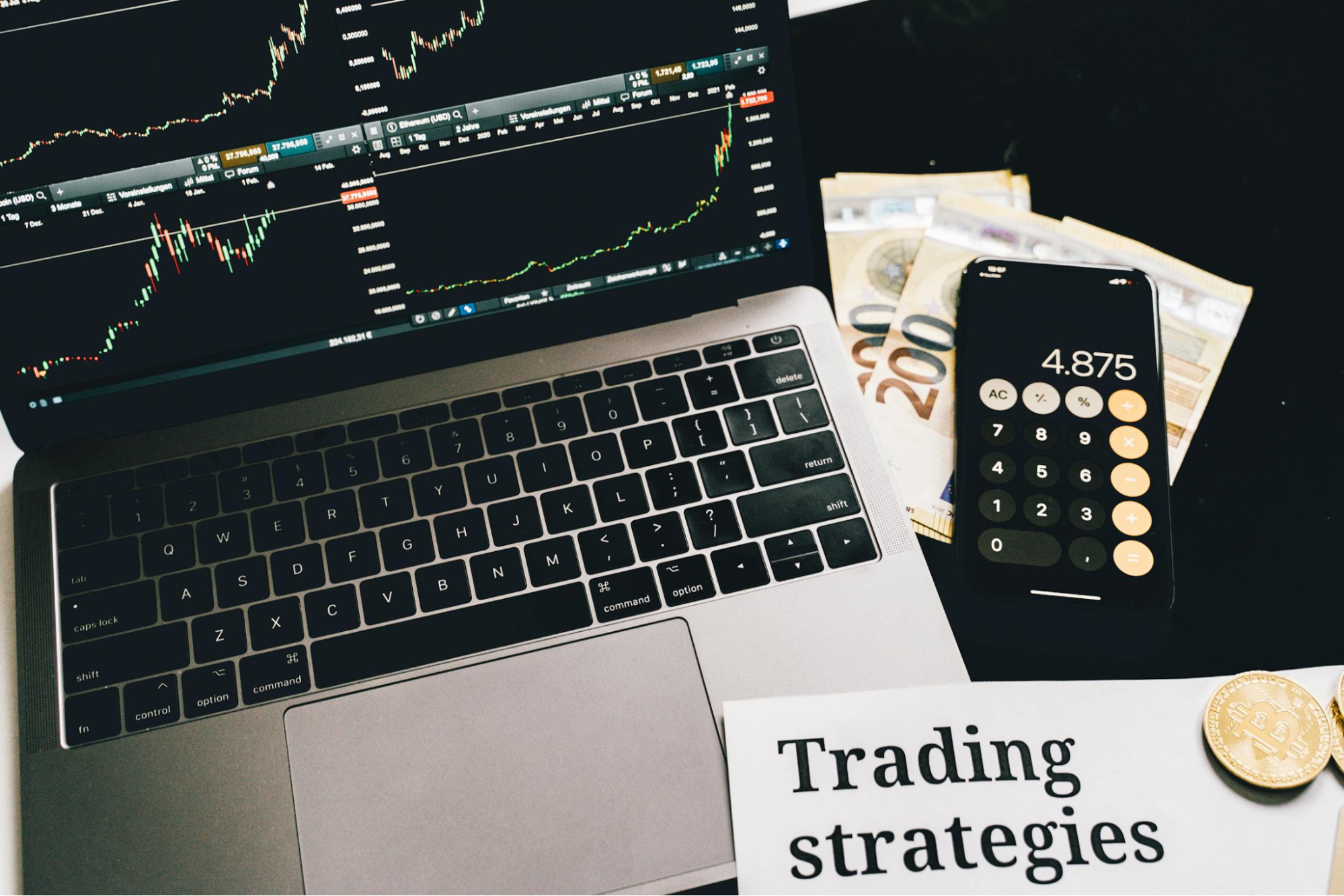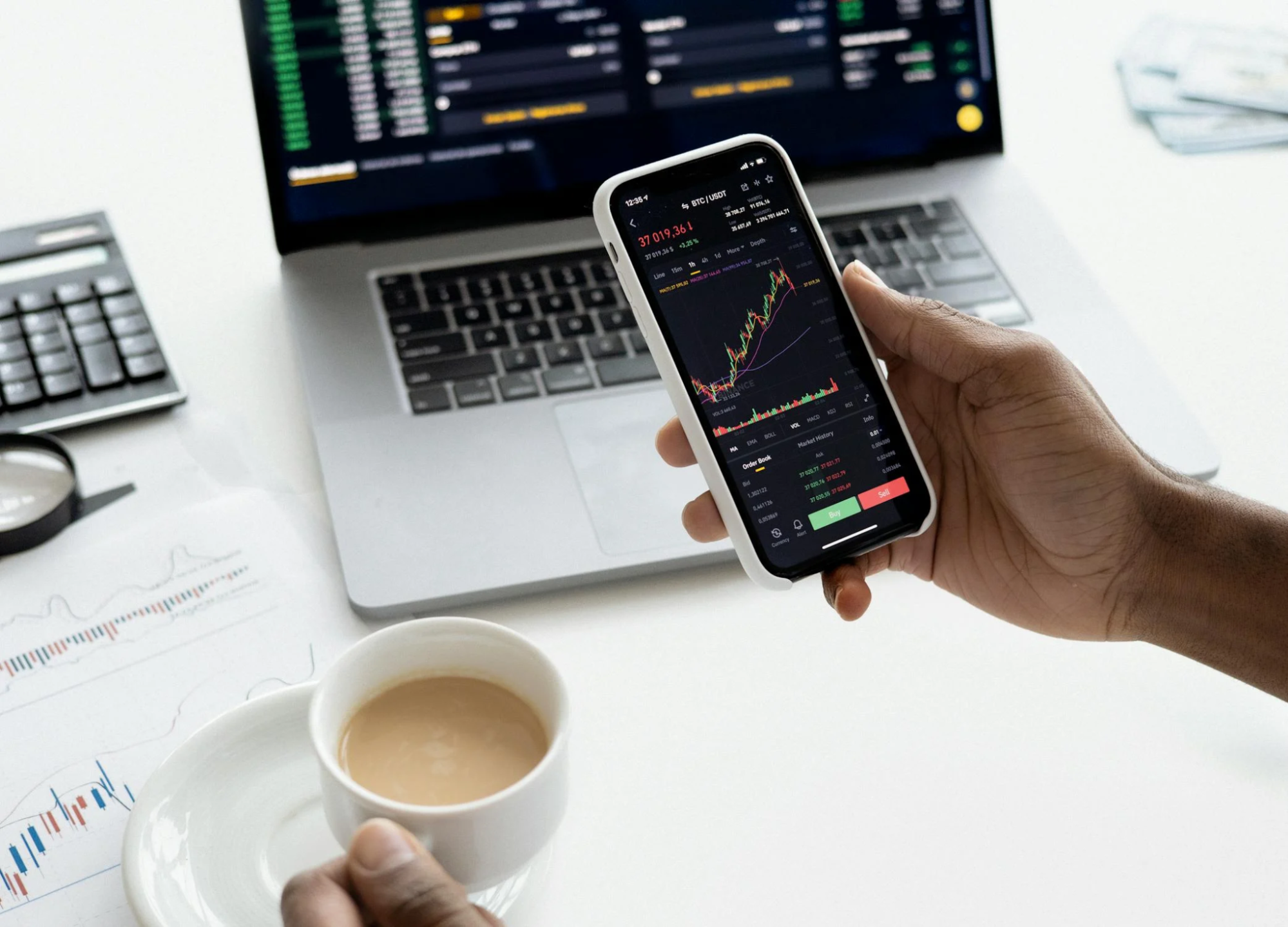
Reading charts is only part of what it takes to trade well. Numbers and patterns tell one side of the story, but the emotional state of the market tells the other. If you don’t understand how traders are feeling, whether they’re bullish, bearish, or simply hesitant, you’re overlooking a key signal that influences price action.
Market sentiment isn’t just background noise; it’s often the spark that drives rapid price movement, especially in volatile conditions. Market sentiment is what drives price movement in the short term, and recognizing the emotional currents behind those movements can help you trade smarter, not just harder.
Key Takeaways
- Market sentiment reflects the collective attitude of traders and investors.
- You can’t rely on price alone, emotional momentum matters.
- Sentiment tools like volume spikes, news cycles, and social media buzz all offer clues.
- Ignoring sentiment increases the odds of getting blindsided.
- The best traders balance data, instinct, and emotional context.
What Is Market Sentiment, Really?
Market sentiment is the emotional tone behind price action. It reflects the collective mood of market participants and gives clues about their expectations. It’s not just what people are buying or selling, it’s the reason behind those decisions and how strongly they feel about them. When investors feel optimistic, markets rise. When fear kicks in, they fall. But it’s not always that simple. Sometimes markets rally on bad news or tank on good data. That’s when understanding market sentiment gives you an edge.
You’re not just watching numbers on a screen. You’re gauging how the crowd feels. And that crowd includes institutions, retail traders, bots, and influencers.
Tools That Help Decode Sentiment
There’s no single indicator that perfectly captures sentiment. But used together, several tools can help paint a fuller picture:
- Volume Spikes: High volume often signals conviction — traders are confident, one way or another.
- Put/Call Ratios: More puts? Fear is in play. More calls? Traders are chasing upside.
- Volatility Index (VIX): Called the “fear gauge” for a reason. A rising VIX means nerves are high.
- Social Media & News: Platforms like X and Reddit often reflect retail mood faster than price does.
- Breadth Indicators: When fewer stocks participate in a rally, sentiment might be weaker than it looks.
Each of these tools offers a lens into crowd behavior, revealing not just what traders are doing but how they’re likely to react next. When used together, they highlight areas where sentiment may be overheated or underappreciated, giving you an advantage in timing and positioning.

How Sentiment Creates Opportunity
Markets tend to overshoot in both directions. Euphoria pushes prices higher than they deserve. Panic drags them lower than they should go. Traders who recognize these emotional extremes can act before the crowd snaps back to reality.
This is where sentiment analysis becomes valuable. It’s not about trying to predict emotion. It’s about seeing the signs, measuring the impact, and preparing to act. A bullish breakout on thin volume isn’t the same as one backed by strong participation and positive buzz.
Common Mistakes Traders Make
Many traders make simple but costly mistakes when it comes to reading market sentiment. These missteps often stem from tunnel vision, overconfidence in data alone, or reacting to noise without any real filter. To avoid falling into these traps, it helps to know what to look out for.
- Ignoring sentiment entirely: Focusing only on trading technical analysis might show you what price has done, but it won’t give you insight into what the crowd is likely to do next. Sentiment provides the emotional context that often drives short-term price action. Overlooking it can mean walking straight into false breakouts or missing reversals.
- Reacting to headlines without context: A single tweet or news alert might feel urgent, but acting on it without understanding the broader market mood can backfire. News impacts traders differently depending on the current emotional environment. When fear is high, even good news might be ignored, and vice versa.
- Assuming sentiment is always rational: Just because a stock is going up doesn’t mean people are buying for sound reasons. Euphoria, herd behavior, and FOMO can create unsustainable moves. Recognizing when emotion is running the show helps you position more carefully.
- Overlooking how fast sentiment shifts: Market mood can flip in an hour, especially during high-volatility events. What looked bullish at the open could be shaky by midday. This is where watching momentum and real-time sentiment tools can give you an edge.
- Treating sentiment as hype instead of insight: Sentiment isn’t just noise. It’s a layer of market reality that gives you an extra dimension in your analysis. Knowing how to read it helps you stay one step ahead when price alone doesn’t tell the full story.

Using Sentiment to Pick the Right Trades
Smart traders use sentiment as a filter, not a forecast. They don’t just ask “What’s the chart saying?” They ask, “How does this setup feel to the crowd – and what’s the risk if they’re wrong?”
For example, pairing sentiment with your criteria for choosing the right stock can help you avoid setups that look clean but lack real support. Or it might help you spot hidden strength in a name that others are too scared to touch.
When you combine this with awareness of market volatility, you can better manage risk and avoid getting shaken out by noise.
Why You Shouldn’t Do It Alone
Reading market sentiment takes experience. It also takes feedback. That’s why joining a trading community helps. You get exposed to different views, fresh analysis, and more context than you’d find on your own. Inside a solid group, you’ll spot patterns faster, gain insight into the best days to trade, and learn how others interpret the same moves you’re watching.
Sniper Trades builds on this. It’s not about chasing hype. It’s about developing reliable systems, strengthening your analysis, and working alongside people who take trading seriously. If you’ve read enough theory and are ready to put it into practice, this is your next step.
Check out the Sniper Trades community and start learning from real traders in real time.
Final Thoughts
Market sentiment isn’t just noise—it’s a signal. And in many cases, it’s the most important one to pay attention to. Prices don’t move on data alone; they move on how traders interpret and react to that data. If you want to trade more effectively, you need to understand more than just the data on your screen. You need to recognize how traders feel about that data, and how those emotions shape the decisions they make in real time.
Once you train yourself to read sentiment like a second language, you’ll see trades others miss. Not because you’re smarter. Just because you’re finally paying attention to the emotional heartbeat behind the numbers.

